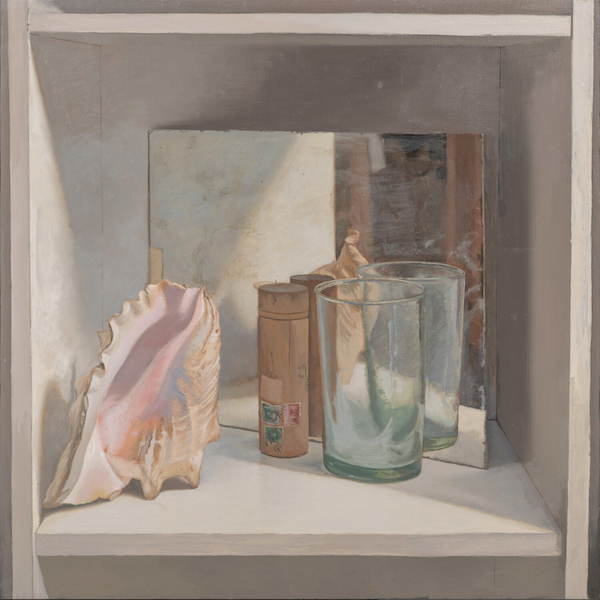Although still life art existed in ancient times, it suddenly disappeared from the canvas for a lengthy period. The “autonomous” depiction of objects, entirely without people interacting with them, only spread again during the Golden Age in the Netherlands. The genre has been of great importance since its resurgence at the end of the 16th century and continues to be seen throughout contemporary art. Join Singulart on a journey into the still life painting of yesterday and today.
The History of Still Life Art
Why still life art reappeared as an independent art genre in the second half of the 16th century is the subject of heated debate. While various theories have been proposed to explain this, the most convincing one is related to the denominational situation in the Netherlands.
From 1550 onwards, Calvinist-Reformation movements permeated the Netherlands, which was then occupied by the Catholic Habsburgs. Through uprisings and the destruction of images, the reformers made it clear that they rejected the iconography in the church interior.

During the 80 Years War, the reformed northern provinces fought for independence from the Spanish crown, which is roughly the territory of what is now the Netherlands. The southern provinces, today’s Belgium and Luxembourg, remained under Spanish Catholic rule. Due to the rejection of religious images under the Reformers, the artists were initially deprived of their livelihood as they pondered what to paint instead.
The bourgeoisie, rising under Protestantism, formulated new demands on paintings and became interested in other forms of painting. The burgeoning genre of still life painting conveyed the great self-confidence of the new upper class on the one hand, but also moral messages, such as awareness of transience and hidden religious symbols. This was done by using very valuable objects and exotic fruits as the focus of the painting, with all objects possessing a meaning that the viewer had to decipher.

Still life painting today
Detached from the historical confessional disputes, the still life has not lost its relevance for today’s artists and collectors. We would like to show you how contemporary artists interpret this genre by means of a few selected artists at Singulart.
Using the old masters as inspiration
Some contemporary still life works refer decidedly to their historical predecessors, showing the same objects and reproducing their arrangements and image details. A close study of the old masters, as well as the inclusion of historical objects and fabrics, proves a solid foundation for these works. A fine example of this are the historicizing still life pieces of Sergey Teplyakov. With his detailed paintings, he leads us back to the 17th century.

Optic Phenomena
Other contemporary artists, however, place more emphasis on optical phenomena in their still lifes. Chli Massaro‘s work functions almost as a scientific study by showing us the optical distortion of two objects created by the glass in front of them. The meticulous study of this arrangement was indispensable to completing this piece.

Distortion of Reality
A still life does not necessarily mean a detailed representation of the objects. The distortion of reality is impressively demonstrated by Grigori Dor. The stacked objects seem to defy the laws of gravity: The budgie seems to float, the skull bone of a cow is balancing on a flower, and beneath all this, a pink mass seems to melt away. The only optical support is provided by the spatially indicated corner of the room. By using these abstract forms behind the still life, Dor intensifies this crazy visual experience.














